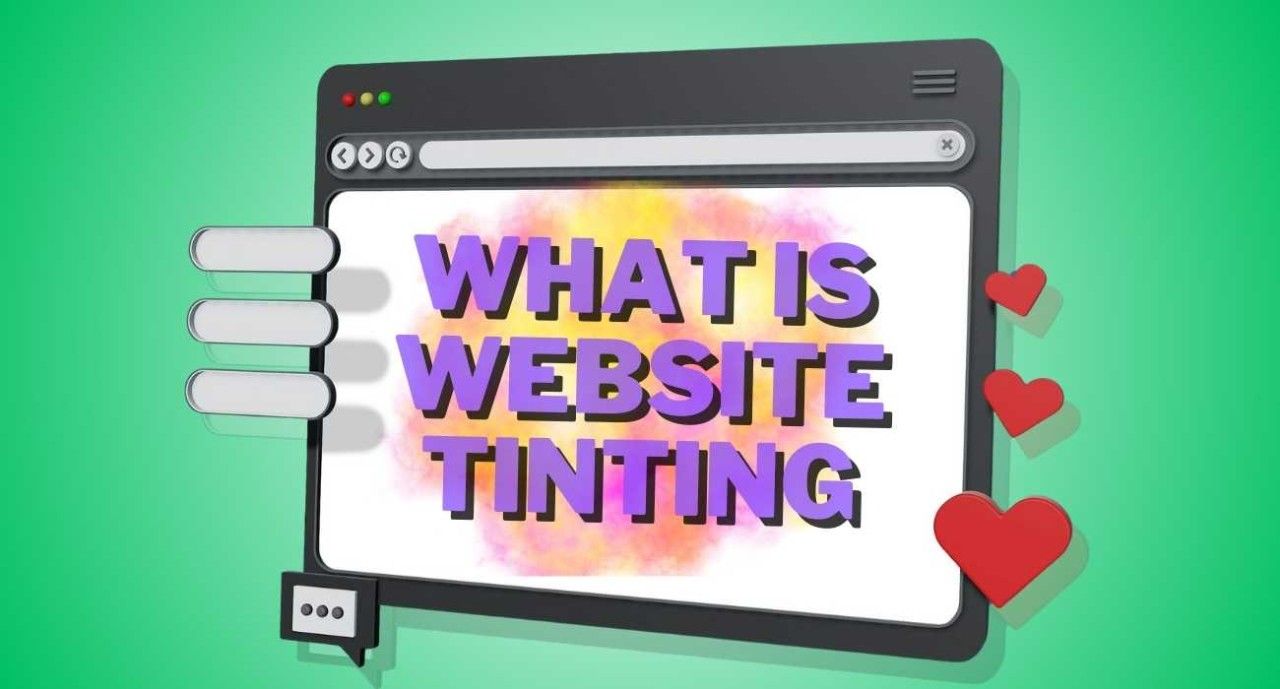In the digital landscape, where user experience reigns supreme, website owners are continually seeking innovative ways to captivate and engage their audience. One such technique gaining traction is website tinting. But what exactly is website tinting, and how can it elevate your online presence? Let’s delve into this intriguing concept to uncover its potential benefits and implementation strategies.
What is Website Tinting? – Understanding Web Tinting
Website tinting, also known as color tinting or color overlay, involves applying a semi-transparent layer of color to the background of a website or specific elements. This technique alters the visual appearance of the site by subtly modifying the hues and tones, thereby influencing the overall ambiance and mood. From soft pastels to bold primaries, the choice of tint can significantly impact the user’s perception and interaction the website.
The Benefits of Website Tinting
1. Enhances Visual Appeal:
By incorporating a tinted overlay, website owners can infuse their design a touch of sophistication and elegance. The subtle interplay of colors adds depth and dimension to the interface, making it visually appealing and memorable for visitors.
2. Establishes Brand Identity:
Consistent use of branded colors in website tinting reinforces brand identity and fosters brand recognition. Whether it’s a signature hue or a complementary palette, tinting allows businesses to convey their unique personality and values through visual cues.
3. Improves Readability and Accessibility:
Tinted overlays can enhance readability by providing a contrasting backdrop for text and other content elements. Moreover, adjusting the opacity of the tint ensures optimal legibility while maintaining accessibility standards for users visual impairments.
4. Evokes Emotion and Atmosphere:
Colors have a profound psychological impact on human emotions and behavior. By strategically selecting tint shades, website owners can evoke specific moods and atmospheres that resonate their target audience. For example, warm tones may convey warmth and intimacy, while cool tones evoke tranquility and professionalism.
Implementing Website Tinting
1. Choose the Right Color Palette:
Begin by selecting a color palette that aligns your brand identity and desired aesthetic. Consider factors such as brand values, target audience preferences, and industry trends when choosing tint shades.
2. Determine Tinting Application:
Decide whether you want to apply the tint overlay to the entire website background or specific elements such as headers, sections, or images. Experiment different opacity levels to achieve the desired visual effect without overwhelming the content.
3. Test and Iterate:
Conduct usability testing to assess the impact of website tinting on user experience and engagement. Solicit feedback from beta users and analyze metrics such as bounce rate, time on page, and conversion rates to refine your tinting strategy.
4. Stay Consistent:
Maintain consistency in tinting across various pages and devices to ensure a cohesive user experience. Document your tinting guidelines and style preferences in a brand style guide to facilitate future updates and iterations.
Conclusion
Incorporating website tinting into your design arsenal can elevate the visual appeal, brand identity, and user experience of your website. By harnessing the power of color psychology and strategic application techniques, website owners can create immersive digital environments that resonate their audience and leave a lasting impression. Embrace the art of website tinting to unlock new possibilities for enhancing your online presence and captivating your visitors.
More on AmplifyGlobe
Discover more on AmpligyGlobe: Is Character AI Safe, Top 10 Technology Trends, Digital Twin of A Customer for Leveraging Customer Experience, The Smart Dust Technology among others. Find out How you Can Protect Your Information When Using Wireless Technology.
